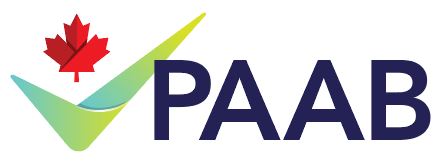240 - Hi, I was told that an unbranded piece that would be in a waiting room would be direct to consumer, and those which would be in the doctors office are direct to patient. Is this correct?? IF SO, then what are the differences in terms of regulations? For example, what can be said in an unbranded piece in a waiting room that cannot be said in a piece designed for the doctor's office?
-
In short, PAAB code section 6 applies to all materials destined for clinics that will be used by (or go through) health professionals. PAAB will layer the Health Canada policy document "The Distinction Between Advertising and Other Activities" onto the review for items which will be openly visible (whether in the waiting room or the examination room).Let's now dive into the specifics relating to the "why" and the "how". The HCP is involved in the decision to place these materials in the examination room and they use these items in patient counselling. These materials are therefore regarded as having, in addition to the primary audiences of the HCP and the patient, a secondary audience - the healthcare consumer. Consequently, these APS are subject to the applicable sections of the Food and Drugs Act and Regulations, policy and guidance documents pertaining to advertising, and the PAAB Code.Please keep the following in mind for materials openly visible to healthcare consumers within HCP-patient interaction areas (the first 2 bullets relate to your question):Help-seeking announcements must follow the guidance within the Health Canada policy document "The Distinction Between Advertising and Other activities" (e.g. may not disclose the product name or manufacturer's name).Non-product branded examination room posters describing the disease area and therapeutic landscape must follow the guidance for consumer brochures within the policy document "The Distinction Between Advertising and Other activities".Product-branded APS for a prescription drug (Schedule F) must be limited to name, price and quantity as per Section C.01.044 of the Regulations. This limitation does not apply to nonprescription drugs and natural health products (NHPs); however, the schedule A prohibitions discussed below must be considered.Product-branded APS for a prescription or nonprescription product may not discuss the treatment or cure of any Schedule A disease (Section 3 of the Act). Note that section A.01.067 added to the regulations on June 1, 2008 permits nonprescription products and NHPs indicated for the prevention of diseases listed on schedule A to make preventative claims. In addition to considering PAAB code section 6 for all these tools, it is also important to consider PAAB code section 2.5. For example, the CMA has requested that PAAB ensures that images portrayed in APS reflect lifestyle best practices (e.g. helmets on bicyclists, life preservers on people in a small boat/raft).The regulations are similar for the tools displayed in the waiting room. Keep in mind that tools intended for the waiting room sometimes migrate into the examination room (and vice versa).
